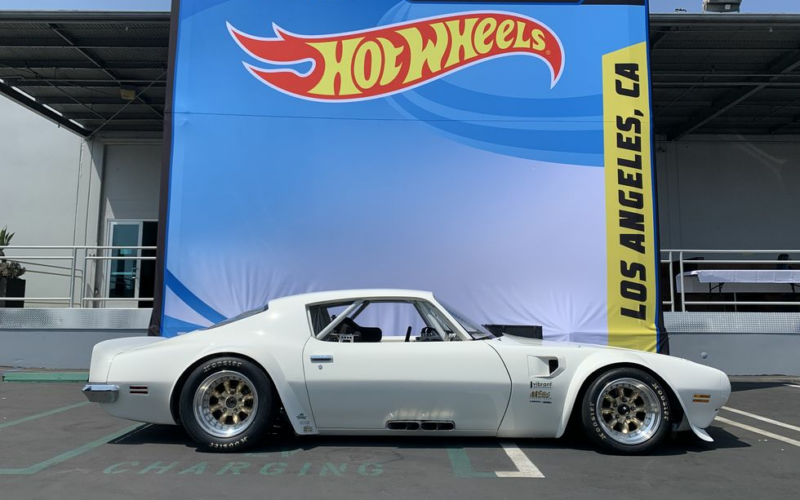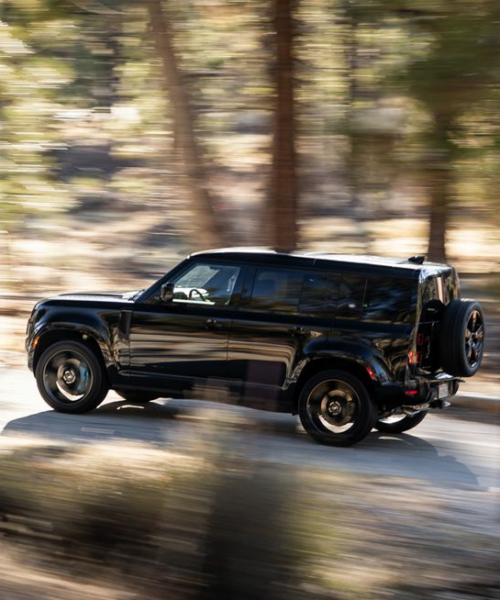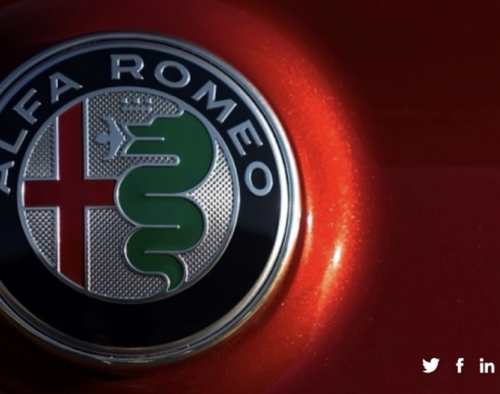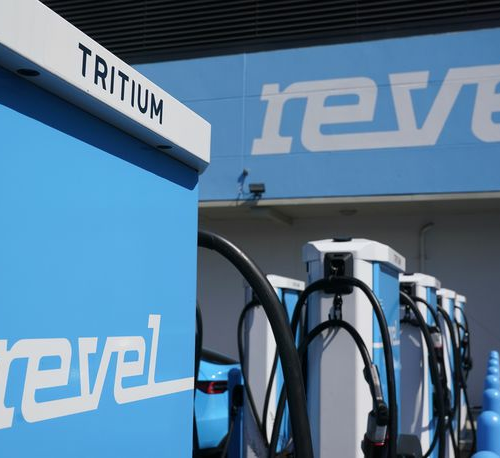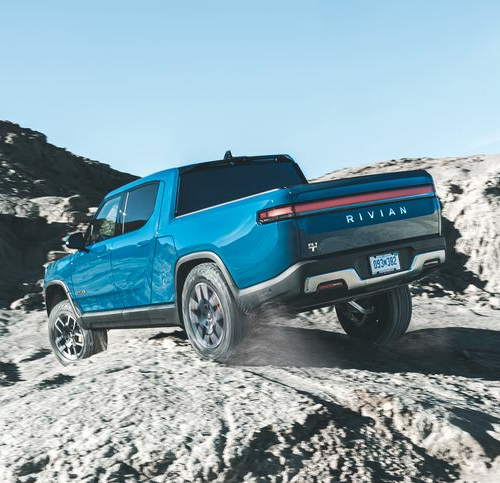BY ELANA SCHERR | CarAndDriver.Com
Troy Warren for CNT #Cars
Making a wide-body 1970 Pontiac Firebird into a Hot Wheels Legend at the Hot Wheels design headquarters in El Segundo, California.
The only sound in the room is a slight whir from the launcher at the base of the ramp.
Bryan Benedict lines up the Pontiac Firebird, and it shoots forward, up through a loop and over. It’s just a blur of green and the hiss of tires against track. The crowd cheers. It’s a small crowd, but that’s okay. We’re cheering for a small car. Benedict is the design director of Hot Wheels and Matchbox die-cast at Mattel, and he had just demonstrated a very important test in any new Hot Wheel car’s life: Can it clear the loop?
“I didn’t think it would, it’s so low,” Riley Stair said. “The real car won’t even clear most driveways. Maybe I should take a closer look at what they did on the model.” The 29-year-old Stair also designs cars, but his machines are full size and the loops they’re built to take are of the road-course variety. Stair was visiting Mattel’s design center to see the unveiling of his most famous build to date—a wide-body, alcohol-burning, tube-chassis 1970 Firebird, recreated in 1:64 scale.

The Hot Wheels Legends Tour started in 2018. It’s a build contest where professional and amateur fabricators from all over the world put forward their rides in hopes of having them shrunk down and sent hurtling off tabletops to the delight of small children (and no small number of adults). Stair is the third winner since the competition began and the first to have the additional challenge of winning over the judges virtually, since the 2020 tour was done via video. (Our compatriots at Road and Track took part in that in 2020 and again this year).
Getting to see Stair’s car in person was a treat made even sweeter by the promise of ending the day with a look at its Hot Wheels version—something even Stair had yet to see. Our tour began outside the design center, where the Firebird took prime parking in front of a backdrop replica of a Hot Wheels backing card. The Pontiac wasn’t the only slick ride in the parking lot—it wasn’t even the only sweet Pontiac—but nobody could look away from it. Wide and low, it sat on the pavement with predatory intent. If you wanted to get a lower ride height, you’d have to dig a hole. The Firebird is most impressive with the hood off. In fact, Ted Wu, Hot Wheels global head of design, pointed out that it was the sight of the engine bay, with its geometry lesson’s worth of intersecting triangles and tangled curves that first made the car stand out in the judging. “That was a friend’s suggestion,” Stair said. “I wasn’t planning on taking the hood off.”

“You owe that friend a steak dinner,” someone shouted in the back. And it’s true that while the Firebird still has an intimidating presence when it’s fully dressed, you can’t really understand the extent of Stair’s modification until the hood comes off. Then you can see that what looked like a modded muscle car is in fact a fully custom race machine—with a thin skin of second-gen F-body.
There’s no exact trend Stair followed to build the Firebird. It’s not on big 18-inch wheels like a Pro-Touring restomod, resting instead on Hoosier slick-tire-wrapped 16-by-12 Panasports in two-tone gold and chrome. It’s not based on any vintage racing series. It’s got elements of late ’70s road racing, styling cues from Japanese hot-rodding, and a vicious methanol-burning V-8 that wouldn’t be out of place in a drag car. Stair said the build came together as he worked on it for nearly two years under an awning in his parents’ backyard.
“At first I thought, just a little bit wider, just a little nicer to look at,” he said. “I love ’70s race cars. I wasn’t around back then, but I’ve always been drawn to the looks. I wanted this car to look like it came from the ’70s but with some newer styling and engineering.”
These days, he owns a shop and works on customer builds, but he says he finishes up every evening with some sort of tweak on the Firebird.
While it took Stair 18 months to build the ‘Bird—and he’s still making changes—the Hot Wheels team had half that time to make the scaled-down version. They also had a much larger team to do the work. There are more than 2500 people working around the world in Mattel’s small-car toy empire, but it all starts in the El Segundo, California, design department. To get there, we walked through the lobby of the Mattel design HQ. Forget plastic surgery and antioxidant meal planning, if you want to feel younger, visit Mattel. It’s like Willie Wonka’s chocolate factory without any German kids drowning in the candy river. There are little cars everywhere—and big ones too. An orange Hot Wheels track dives from the second-story staircase. Every wall has model cars on display, every desk and cubicle has something parked beside the keyboard. As we walked past the Legends wall, designer Brendon Vetuskey pointed out an empty cubby. “That’s where your car will go,” he told Stair, who looked startled and then stared at the glass, envisioning his Pontiac behind it.

Vetuskey led us to a table spread with sketches and renders showing different versions of Stair’s car with notes about colors and details, possible mold-making concerns and suggestions for areas that could be highlighted for better accuracy. On top of the pages were a few 3-D-printed prototypes as well as the green test car we’d later send through the loop the loop. Stair picked them up and rolled them slowly across his hand, marveling at the little header pipes and the detailed recreation of the engine bay. “They even got the ducts in the window,” he said with surprise.
From design, we followed sculptor Manson Cheung to the 3-D modeling lab, where we saw how he was able to take a CAD model of a stock Firebird and transform it into Stair’s car using a virtual modeling program that replaces the old clay and wood methods. “It used to take two to three weeks to make a wooden buck,” said Cheung. “Riley’s car took me about 60 hours total, and if we need changes they are much easier to make.” The program they use was originally designed for training medical students. It uses a wireless “scalpel” that gives physical feedback to the artist or budding doctor. Cheung gave us each a turn to poke holes in the virtual clay before sending us off to the model shop to see how the prototypes get printed.
Mattel has been using 3-D printing since the late ’80s, said master modelmaker Bobby Coleman. The new machines are much faster and easier to program, as well as being capable of printing in more than one material across the same part. He handed around a sample wheel and tire, where the tire “rubber” was squishy and the center wheel was solid. “That’s one piece,” he said. The models play an important part in a Hot Wheels design. Details that look right in renders, and even in the virtual model, may not come through in the final production. Better to discover that in cheap resin than after a run of thousands in production. Making samples also allows for the important track testing. It might look like fooling around, but Hot Wheels takes performance seriously, and its test track is leveled, measured, and identical to test tracks in its factories around the world. (I’m pushing to add a loop test to Car and Driver’s 10Best testing. We’ll see how that goes in our next meeting.)
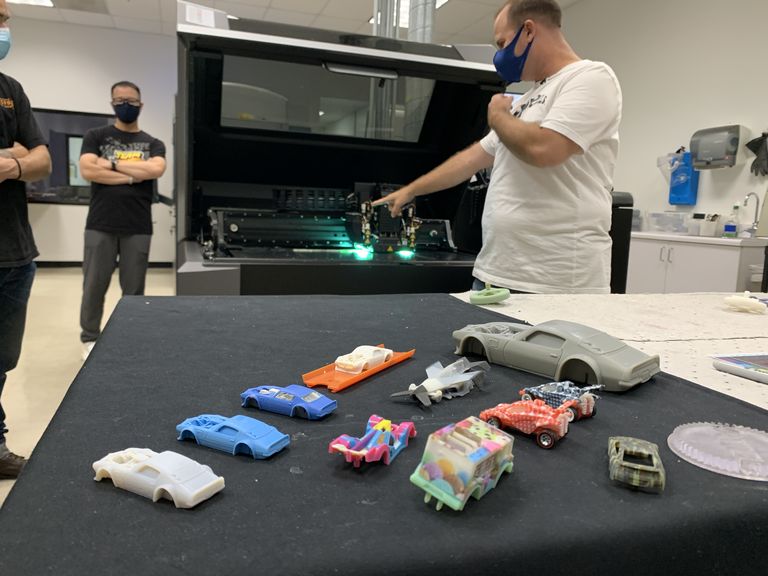
Our last stop before we’d get to see the finished model was in the packaging department. There, designer Matt Gabe talked about choosing just the right image to make each Hot Wheels stand out in a sea of toy-store competition. Back in 2009, Hot Wheels made the decision to make each package image match the car inside the plastic. With 50 new models and 400 designs each year, that means more work for Gabe and his team, but he feels that the added appeal is worth the cost and time, even if it isn’t always appreciated by the younger customers. “I do laugh sometimes, though, when I think about how much time we spend thinking about the package, and then it immediately gets ripped open and thrown out.” If you’re a “keep it in the original packaging” type, you make Gabe and his team very happy.
Finally, we came to the moment everyone had been waiting for: the unveiling of the production version. We all trooped back outside where a teeny-tiny velvet napkin covered an itty-bitty Pontiac. Wu looked at Stair, who looked nervous. He pulled off the cloth and Stair leaned forward in delight. He looked back at the full-size car and then back at the model before picking it up and admiring it in the palm of his hand.
“I drive this thing on track,” he said, gesturing behind him to the big car. “It’s only a matter of time before something happens. Track cars are perishable items. If I do crash it, it’s so great knowing it will live on as a die-cast. I can’t wait to see kids playing with it.”
In Other NEWS


























